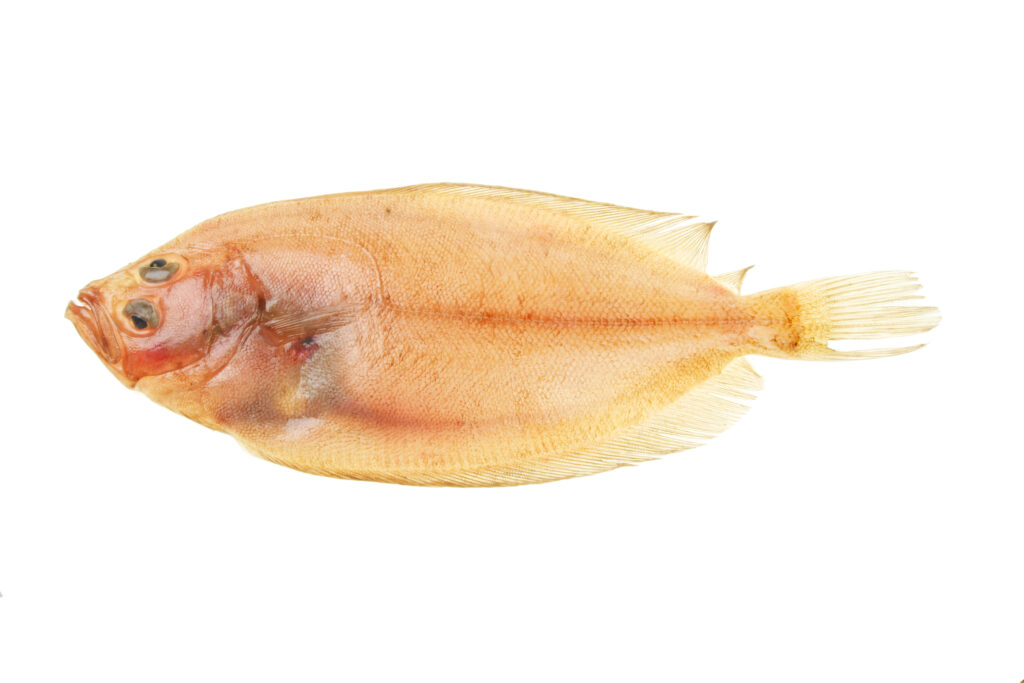Stemming the tide

I recently participated in the Seafood Matters meeting held at Stirling University and co-hosted by Lancaster University and the University of Aberdeen. I was specifically asked to answer the following question – recognising salmon’s successes at reaching more consumers, why is seafood consumption still declining? What are we doing wrong? And have we broadly failed to get consumers to eat the diversity of seafood available?
The answer is simple. Consumers now recognise salmon as a separate protein category in line with beef, pork, lamb, and chicken. The rest of fish and seafood, however, are considered separately. The reality is that if it wasn’t for salmon, fish offerings would have largely disappeared from our stores long ago.
Covid changed the picture slightly but now Covid is not the issue it was. Consumption is returning to its former patterns. People who might have eaten fish out, but not at home, started to do so once their movements were restricted. But now that restaurants are again fully open, home consumption of fish and seafood is back in decline.
The BBC recently asked why the British public are obsessed with just five types of fish – salmon, cod, haddock, tuna, and prawns. They say we are stuck in a seafood rut. However, this is not a rut, it is the failure of the fish and seafood industry in general to take the right fish message to the consumer.
The BBC spoke to a fisheries expert, Terri Portmann, who suggested that the preference for the Big Five species is simply down to convenience as these are the species that the supermarkets tend to stock. She claimed that, during lockdown, supermarkets expanded their range to support the fishing industry, including species such as Dover sole, lemon sole, hake, turbot, and sardines. She also said that lesser-known species such as gurnard, megrim and spider crab were snapped up. I continued to monitor the retail sector right through lock-down and I can’t say that I saw much evidence of anyone “snapping up” anything other than salmon.

Anyone for megrim?
Seafish produce a monthly list of fish sales and most of the species mentioned above don’t even figure on the chart of chilled/fresh fish because the number of fish sold is so low. Even the list of the top 50 species sold in any format doesn’t include most of these species and those that do appear, such as hake, have suffered sharp declines.
The BBC refer to the benefits of eating fish and seafood, highlighting the NHS advice to eat at least two portions of fish each week. They also mention the Marine Conservation Society and their lists of eco-friendly fish and which fish to avoid.
Interestingly, two presentations at the Seafood Matters meeting, one from the University of Aberdeen and the other from Food Standards Agency Scotland highlighted that the primary reason why many people chose to eat salmon was because it tasted good.
Sadly, we, as the fish and seafood sector, appear to prefer to promote the nutritional benefits and the sustainability of fish, whilst ignoring the fact that fish is good to eat. This has simply turned many consumers away from buying fish and seafood.
People who eat fish and seafood out in restaurants make their choice based on the eating experience, not whether the fish is nutritionally beneficial or because it is judged to be sustainable, and this should be reflected in the message sent out to consumers. However, the sector has consistently failed to take account of this. As a result, the effectiveness of any marketing campaigns has been undermined, leading Seafish to pull the plug on all promotional activity. If consumption wasn’t judged to be in decline before now, it certainly will be going forward.
As I see it, it is not consumers that are stuck in a rut but rather those in the wider seafood sector (excluding salmon) who lack any real foresight to develop any market opportunities for their produce. In fact, it is the wild catch sector that is falling by the wayside, with aquaculture products starting to dominate the market.
In addition to salmon, sea bass and sea bream are increasingly being offered in added value options instead of just plain fillets. These still seem to be attracting consumer interest as they help to make a meal choice. Basa (Pangasius) is also widely available in UK stores, but in most cases it is in formats where the species of fish is not so apparent nor important.
The other major farmed species are warmwater prawns, which are mostly sold as cooked and ready to eat. They are easy to add to a range of “simple to cook” dishes such as pasta and curry. Unlike most seafood, they are a no-fuss offering. The beauty of all these aquaculture species is that supply, price, and quality are largely predictable. This makes for an ideal offering and explains why salmon has come to dominate the UK retail sector.
I will end with a little marketing slogan I came up with for salmon some years ago:
Salmon – Good for the heart, good for the wallet, and great to eat!

